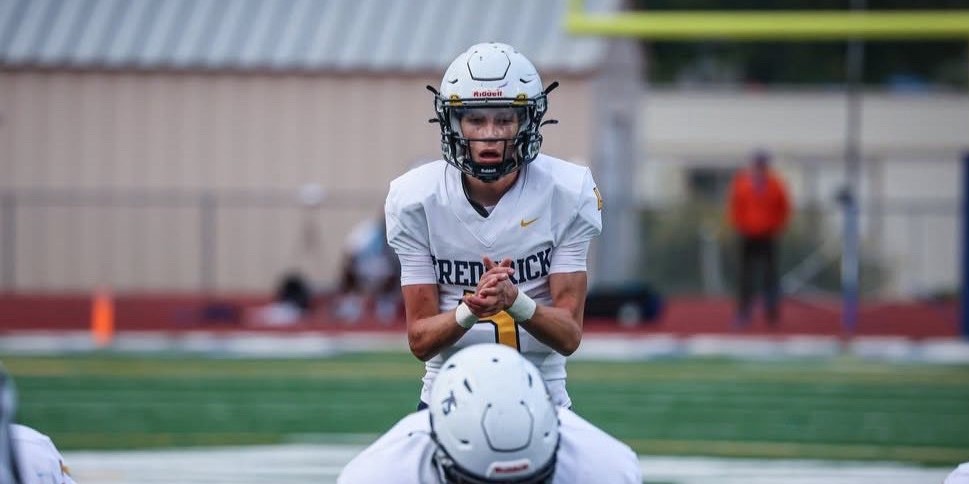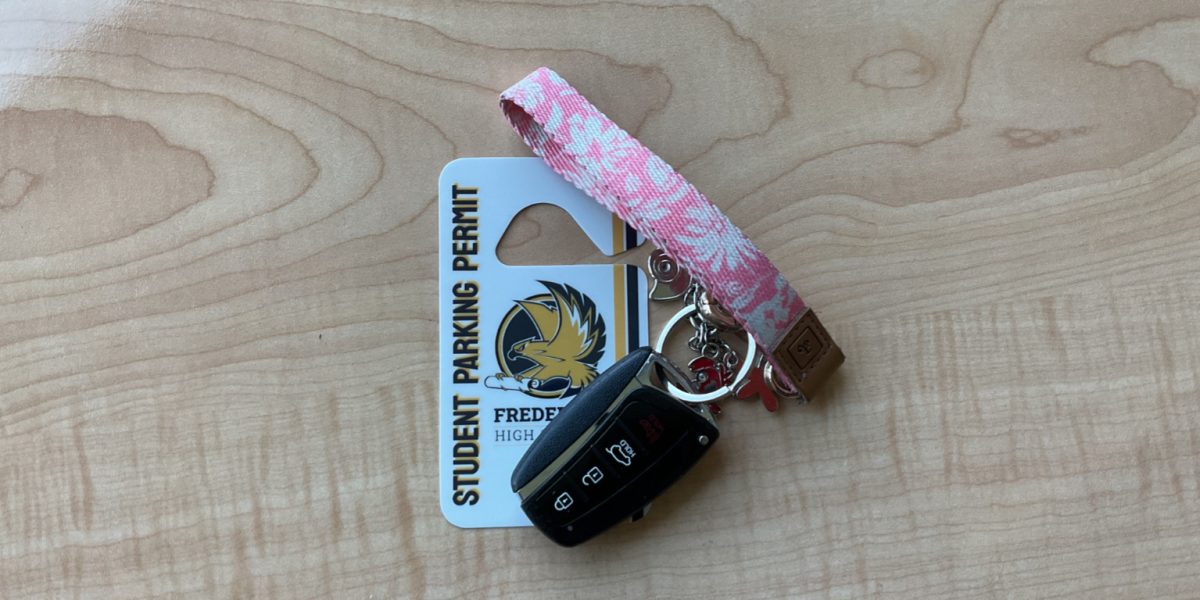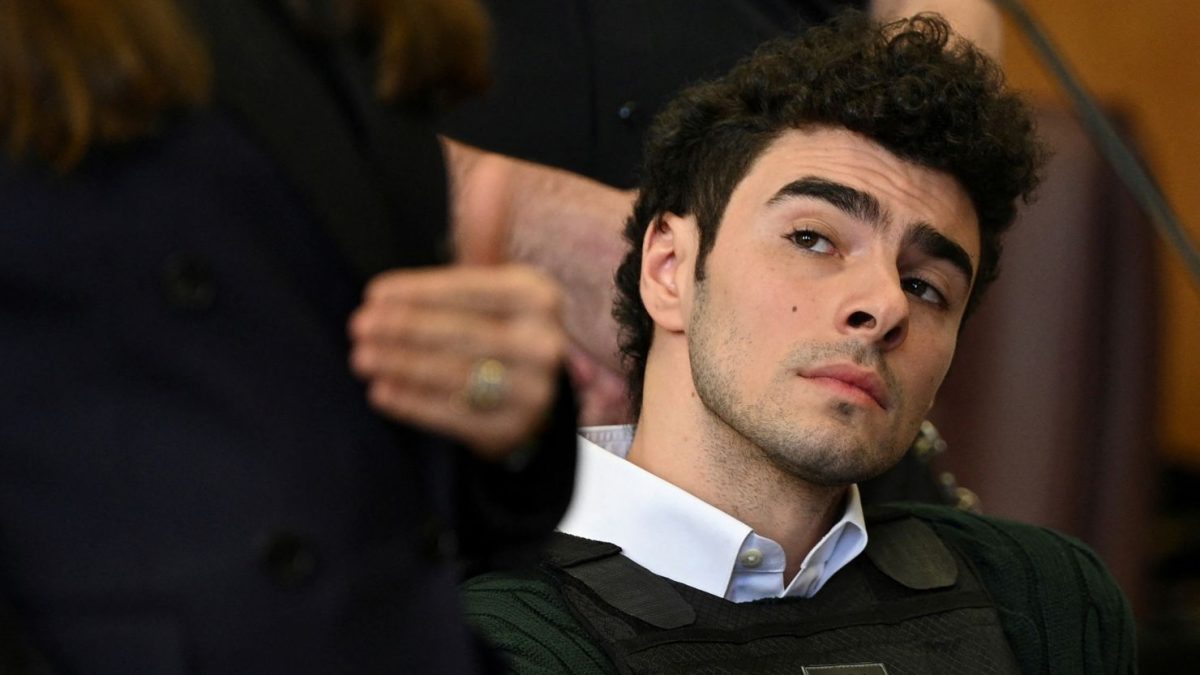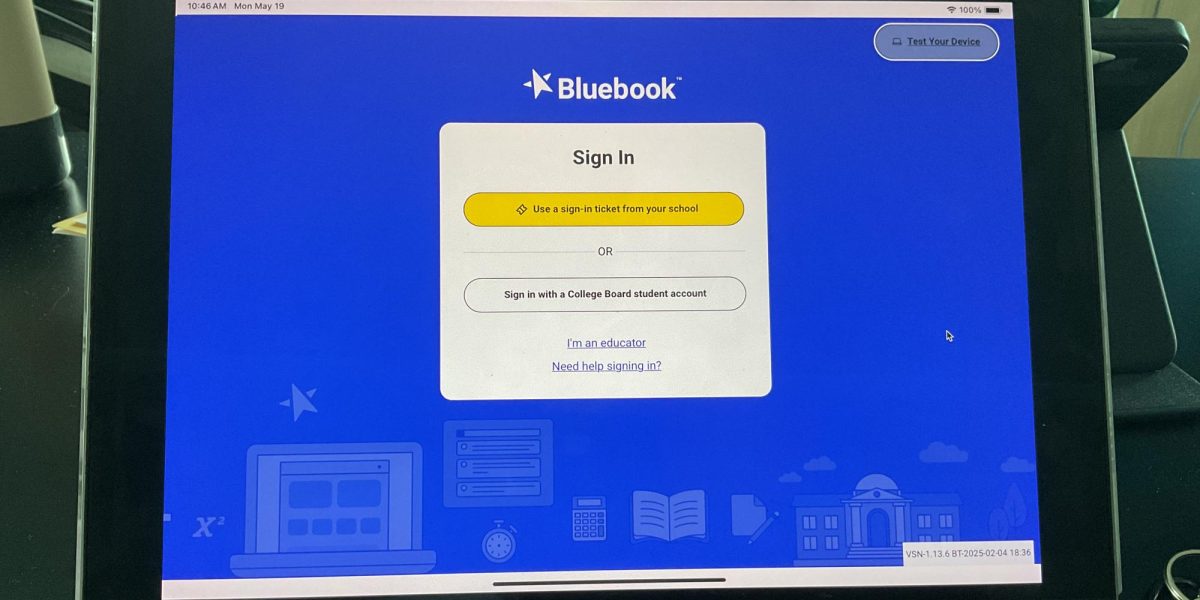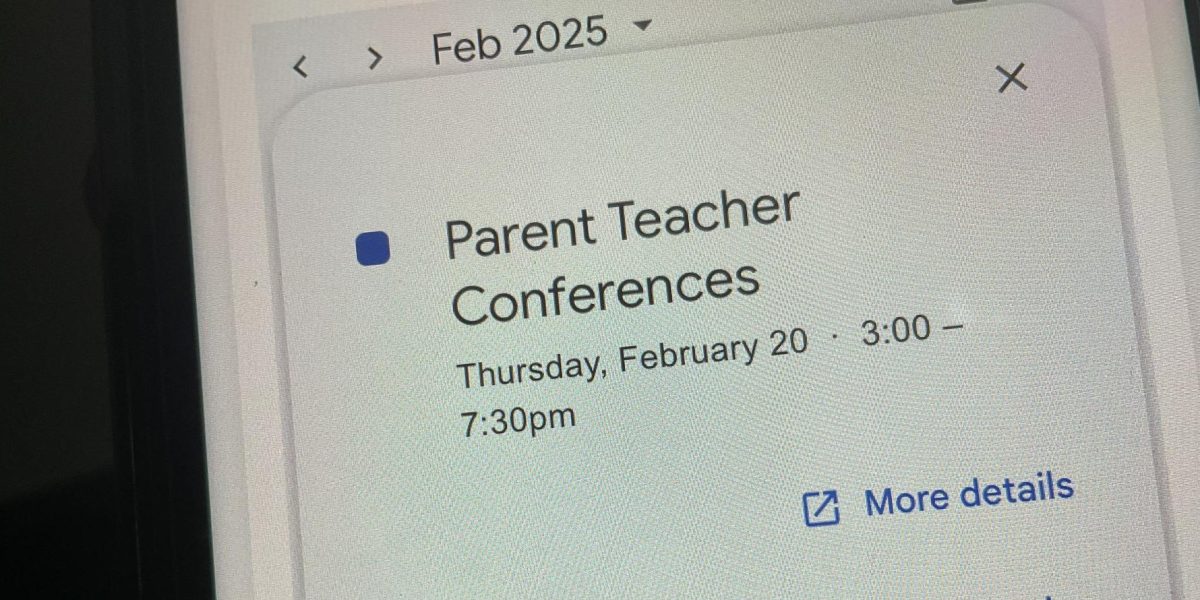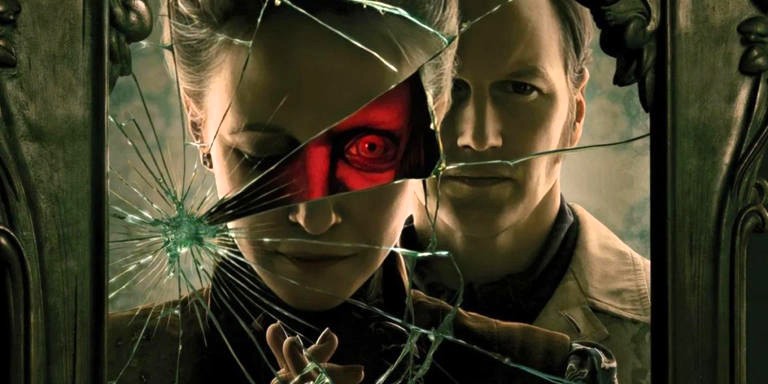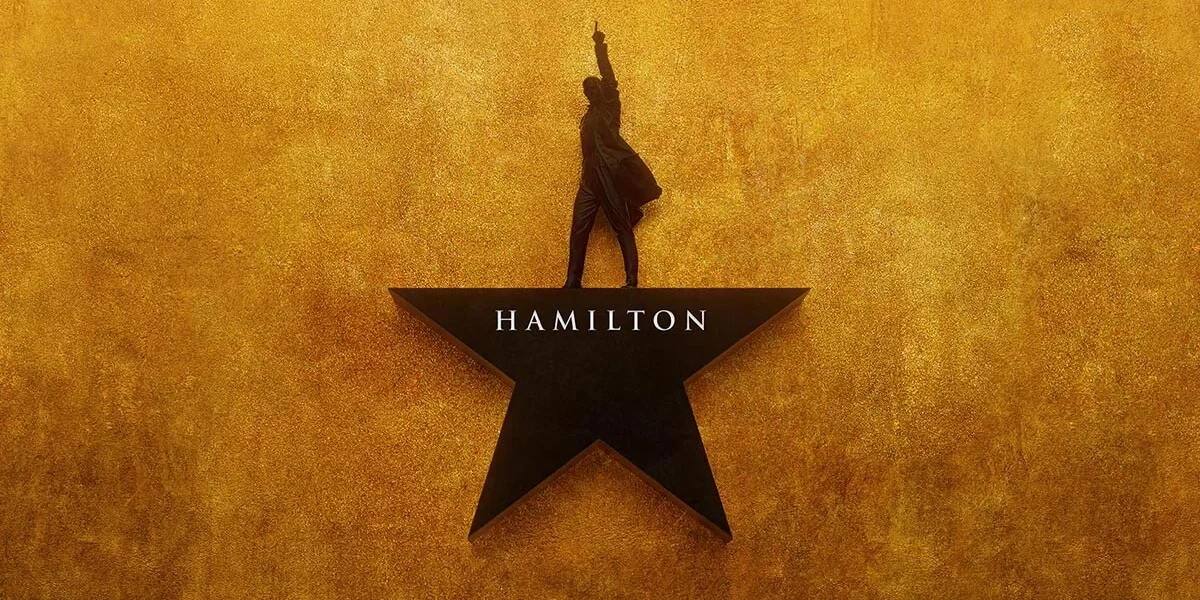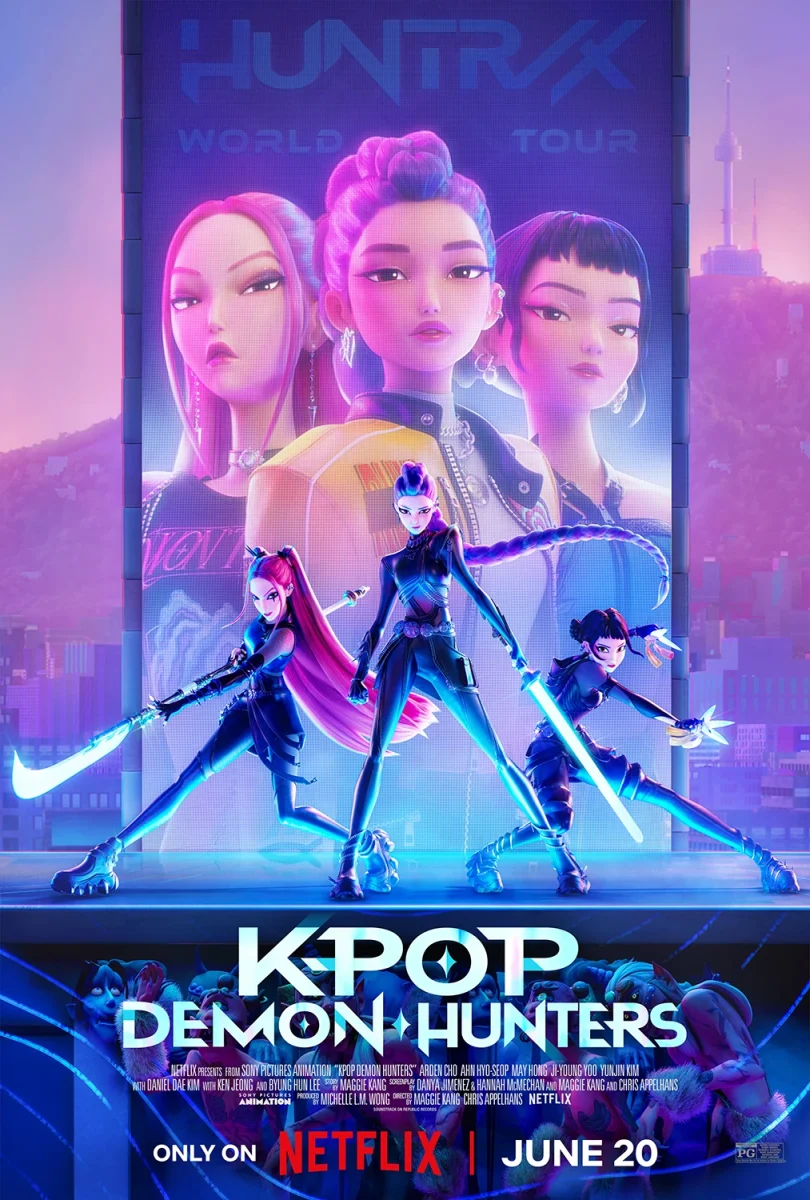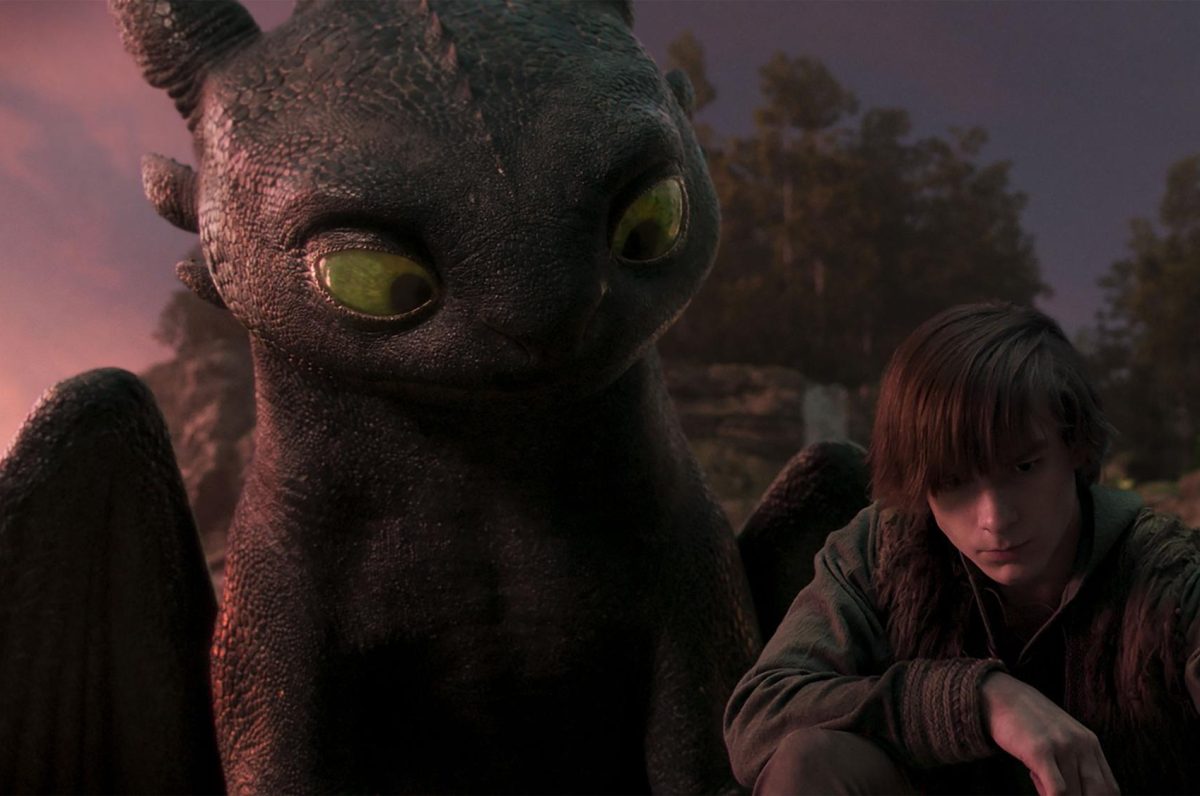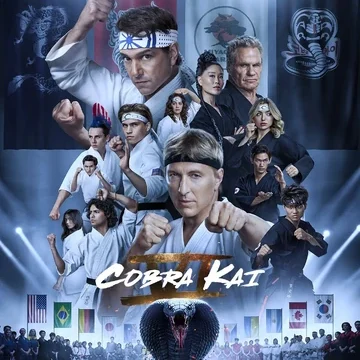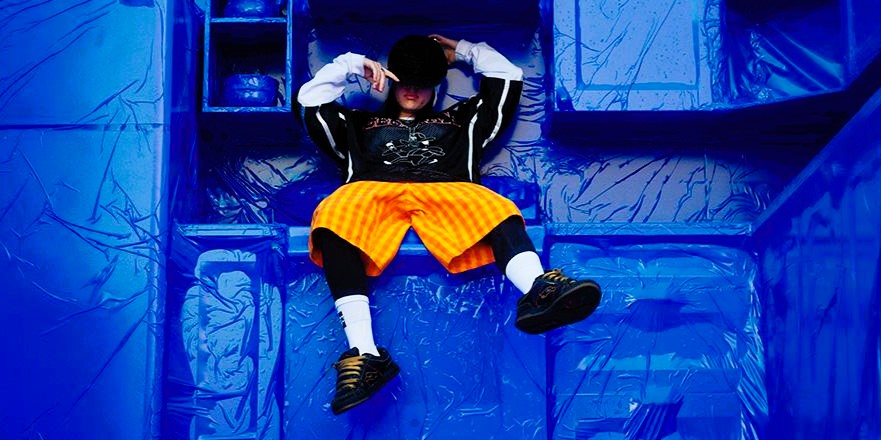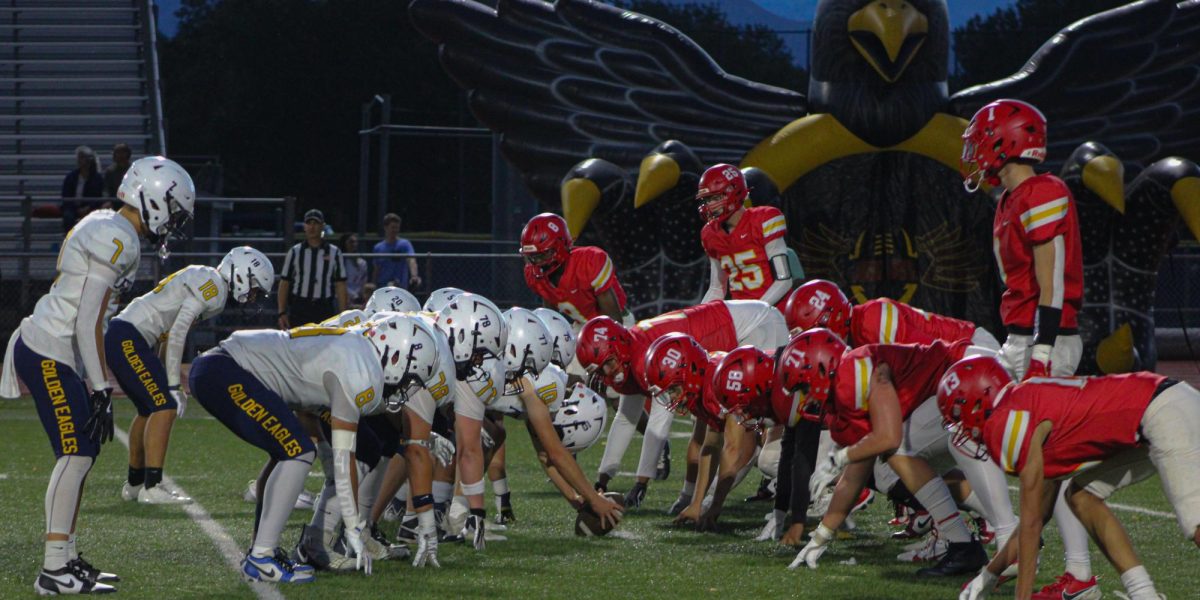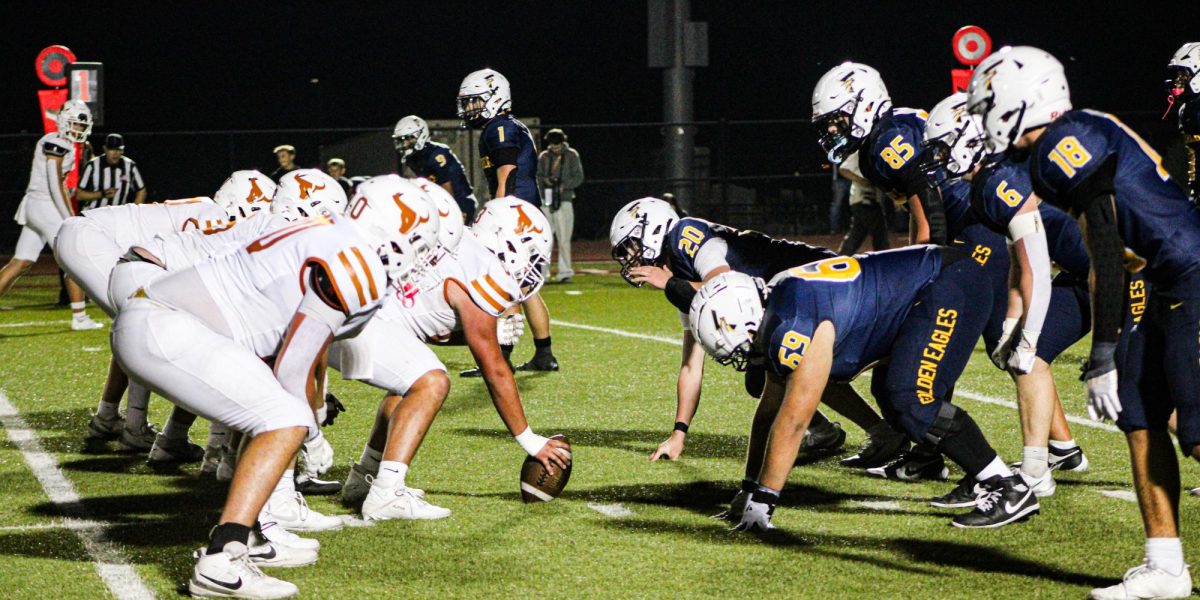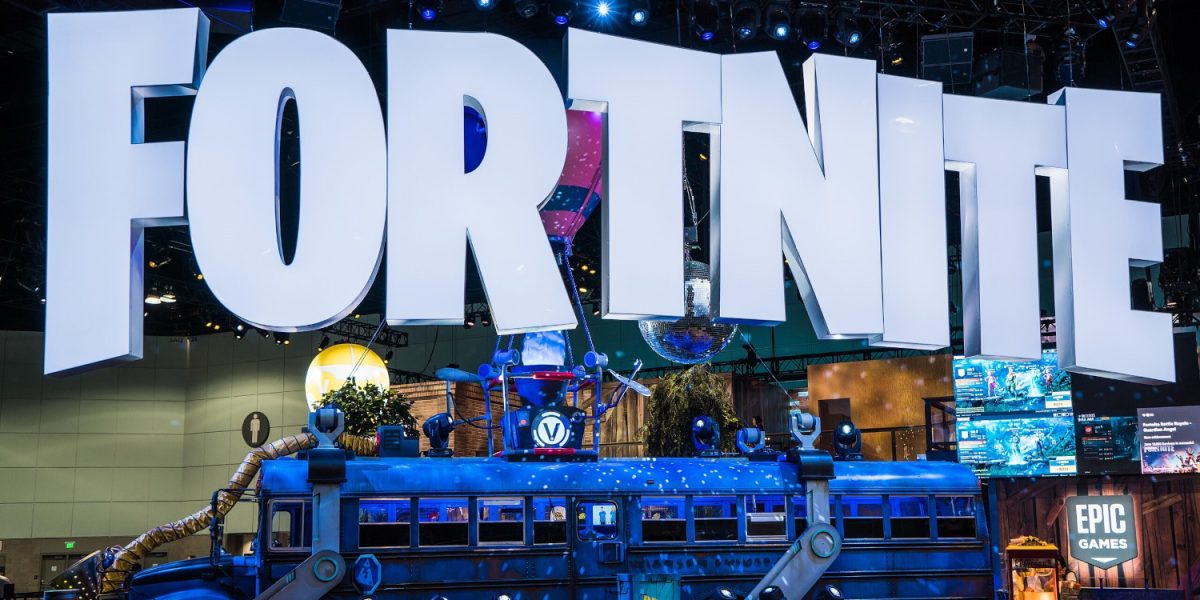
Fortnite ends 2024 as the most played PC game of the year, with players citing its vast map, regular events, and endless skins as reasons why they love the game. However, some recent trouble has landed on Fortnite‘s digital island paradise in the form of a lawsuit: a judge has declared that they must pay $245 million to refund hundreds of thousands of their players.
The decision came after the Federal Trade Commission, the government entity that ensures businesses are following the law, filed a class-action lawsuit against Epic Games, the developer behind Fortnite, Gears of War, and a dozen other PC games. According to the suit, Fortnite “tricked” players into making in-game purchases of cosmetics, skins, and other digital items and then made acquiring refunds next-to-impossible to get.
Although Fortnite is free-to-play, the game has a digital currency called V-bucks that allows players to purchase skins, emotes, and other items for their character. These purchases do not change or assist gameplay. Many of these items come from lootboxes, prize boxes players can stumble upon in the game, and that have undergone massive change over the past few years because of other customer lawsuits. The lawyers for the FTC argued that the game used “dark patterns” to trick players into buying these game assets.
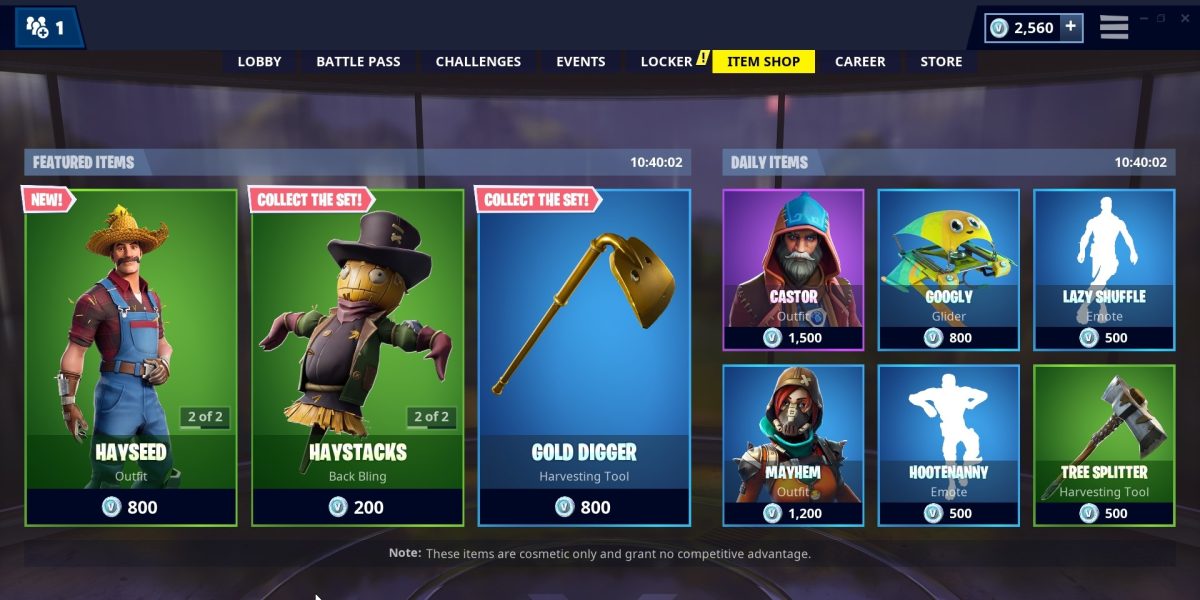
A dark pattern is a digital design term for any decision that manipulates the user into selecting something they normally would not select or prevents them from easily accessing something that should not be hard to access. Some dark patterns Fortnite used, as cited in the complaint, include:
- allowing one-click purchases without a second confirmation pop up
- designing the mobile user interface so the “buy” button for in-game purchases was right next to the preview button to encourage accidental clicking
- reversing the console control buttons on some purchase screens–a gamer would get used to pressing O to buy and X to skip, but after a few skipped purchases, the game would make X the buy button and O skip, creating misclicks
- saving credit card information after one-time purchases by default, then allowing players under 18 to make additional charges
- not alerting credit card holders when their account is charged
- not allowing any refunds for certain items even if purchased by mistake
- increasing consumer difficulty in filing a return request by hiding it under the “settings” tab and limiting players to only three refund requests
- if a player was able to get a refund, it would only be in V-bucks, not real currency
Witness testimony from Epic’s own employees proved that these dark patterns were intentional to increase the number of impulse purchases by users. A judge sided with the FTC in 2022 and imposed $173 million in fines; Epic took the case to an appeals judge, who once again sided with the FTC on December 10 and fined Epic an additional $72 million for continuing their shady practices between 2022 and 2024, bringing the total fine to $245 million.
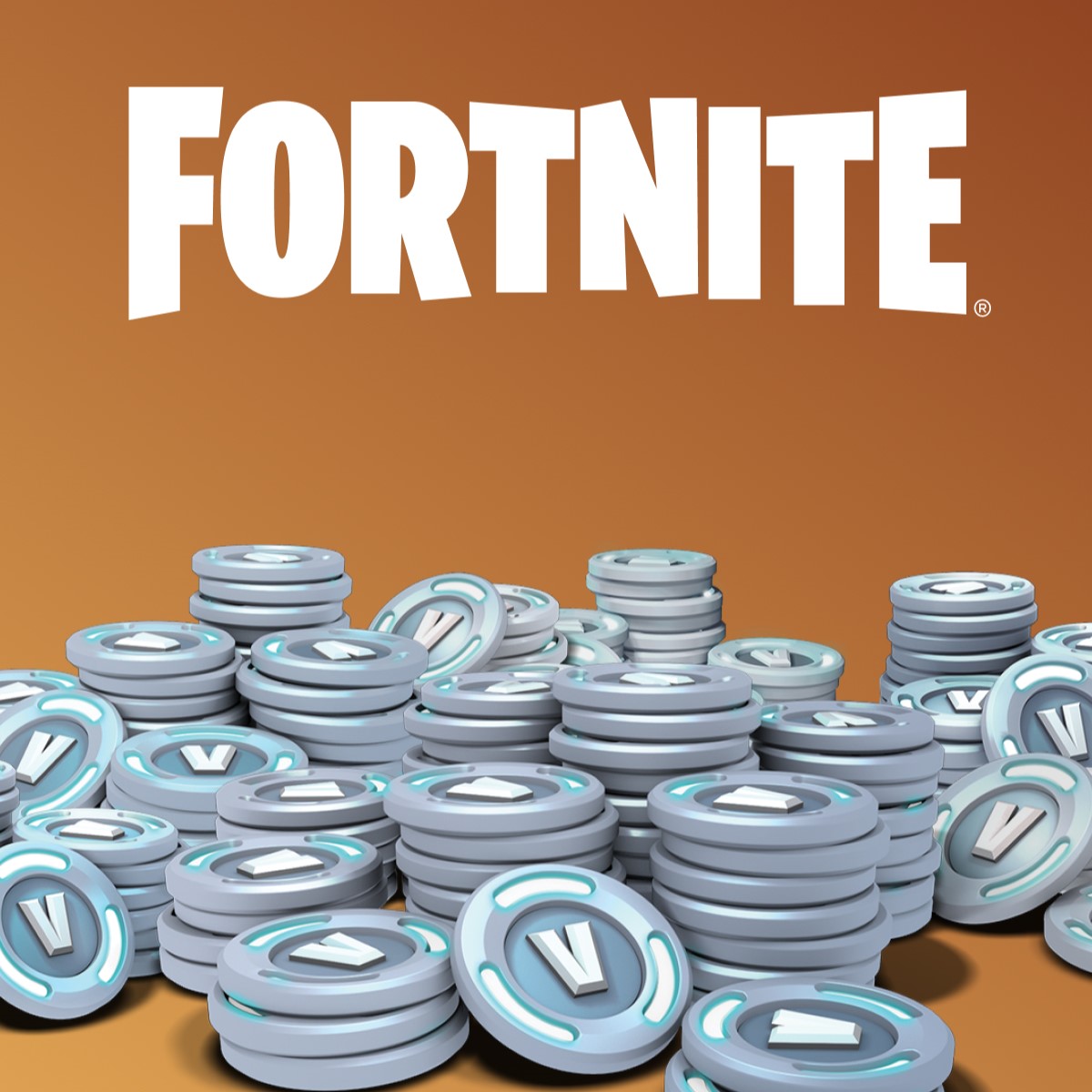
This is just the latest chapter in the efforts of consumer groups to regulate digital commerce. Normally, if you were to buy a physical product like a phone or a shirt, you would have the right to return it if it’s broken or doesn’t meet your expectations. However, laws aren’t as specific when it comes to goods that only exist in a digital space, like Fortnite skins. While some game designers argue that putting desirable lootcrates in the path of a player is no different than grocery stores putting enticing candy in the checkout area, the FTC has argued that dark patterns remove the player’s ability to choose altogether—as if they sneak the candy bar into your pocket while taking the money for it out of your wallet.
To ensure that customers get their refunds this time, Epic Games is paying all $245 million to the FTC and the FTC will handle the refund process. Around 630,000 customers that were part of the class action suit will be refunded first, and then the FTC will send payouts to additional claimants until the money is gone. will be refunded by the FTC. The FTC said that the average payment will be about $114 per customer.
If you have played Fortnite and you (or your parents) were charged in-game currency for items you didn’t want OR had your Fortnite account locked after blocking the charges through your credit card company between January 2017 and September 2022, here’s what you should do:
- go to this site, click the big blue button under the headline, and fill out the form before January 10, 2025
- make sure you have your Epic account number, the date of the purchase, and the amount of the purchase
- the claimant must be 18, so if you are under 18, ask a parent or guardian to file on your behalf
- indicate if you want to be refunded via PayPal or check via US mail–PayPal refunds must be accepted within 30 days of issuance, and checks must be cashed within 90 days of issuance











